Tag: Teaching
-
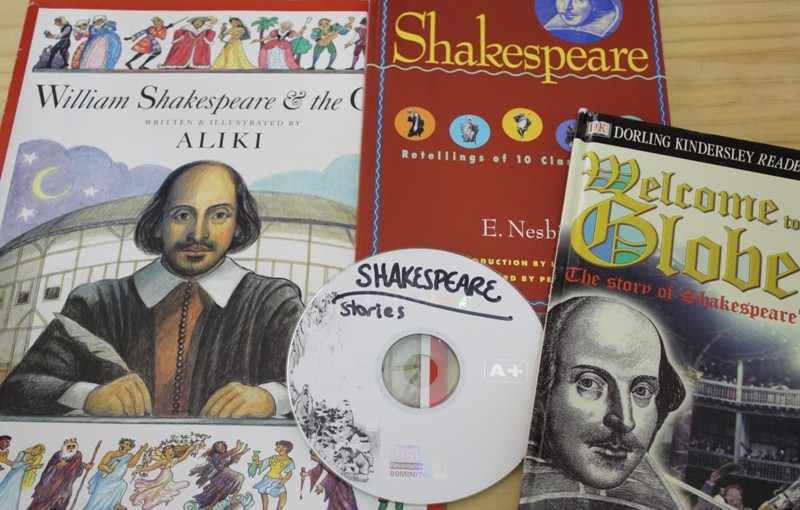
Shakespeare Made Fun
You’ve likely heard your students complain about Shakespeare before. Every teacher has. He is hard to read. His work is boring. His work is not easily relatable. As a teacher, you know these complaints are quite untrue except perhaps for the difficulty in reading Shakespeare’s English. But how do you share the joy of…
-
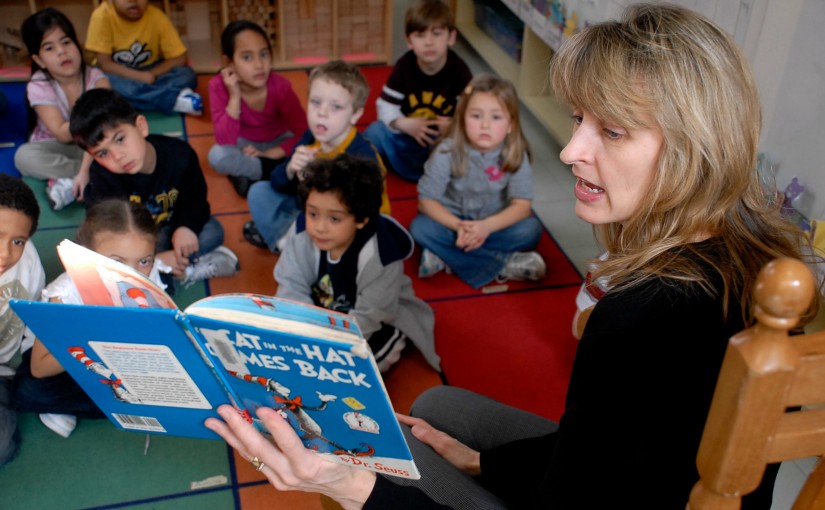
Teaching New Vocabulary Words
Learning vocabulary an important part of education and life at any age. In fact, several markers of success in life have been correlated to having a larger vocabulary. In addition to this, keeping your students at grade level standards for vocabulary comprehension is critical for passing standardized assessment like Common Core’s PARCC tests. But it…
-

Using YouTube in the Classroom
As technology becomes more integrated into education methods, utilizing YouTube in the classroom is a trend on the rise. Early studies testing its effectiveness are proving promising. In high school classrooms in Detroit, a video-enabled flipped classroom program helped reduce the fail rate for freshmen English and math classes by more than half. Additionally, semester…
-

The Benefits of Playdates for Autistic Children
For children with autism, it can be a challenge to make social connections with peers. For their parents, helping these children learn to play with others well is a common challenge. But like most things in life, children with autism can improve their skills for playing and socializing with practice. Which is a wonderful thing,…
-

15 Tips for Teaching the Highly Functioning ASD Child
The needs of a child with autism spectrum disorder (ASD) in the classroom can be very different from those of typical students in the class—even high-functioning ASD students require extra, and often, different kinds of support compared to typical students. ASD students have unique challenges including difficulty reading social situations and making friends; adapting to…
-

What is Digital Learning?
As technology becomes more and more integrated into everyday life, it’s likely no surprise that it’s becoming a bigger part of education, too. The Alliance for Excellent Education defines digital learning as “any instructional practice that effectively uses technology to strengthen a student’s learning experience.” A digital learning approach to education allows more flexibility in the…
-
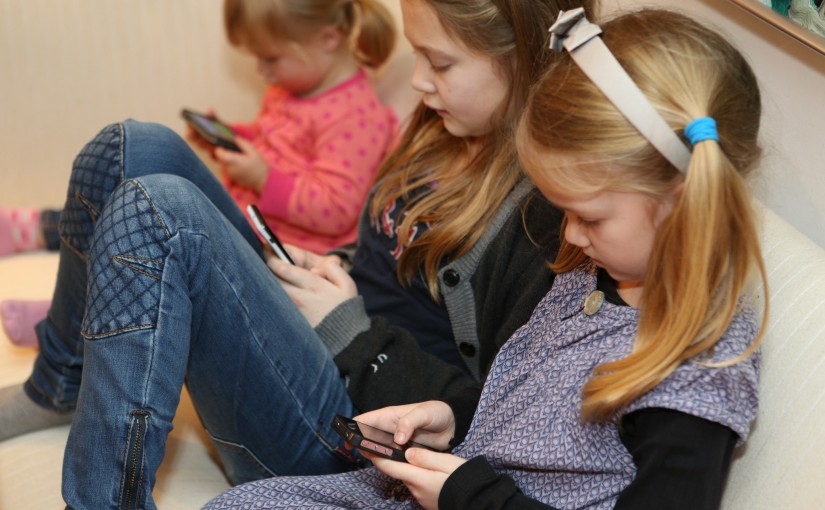
Using Devices in Elementary Years
When you think of children in the classroom, it is likely that your mind turns to studious heads bent low over notebooks, textbooks and worksheet handouts. It is likely you think of children turning in handwritten assignments, and if they are very young, learning to read and write like you did as a child. It…
-
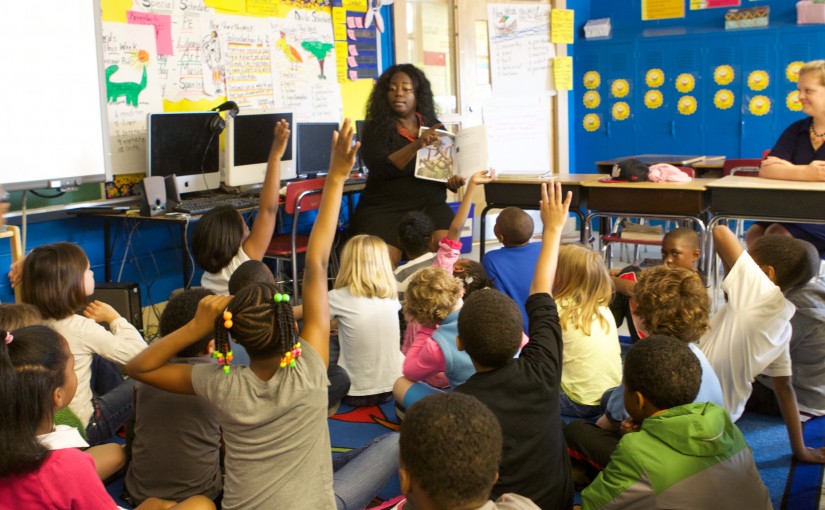
Bringing Out The Best In Your Special Needs Students
Every student has the potential to succeed. But in a traditional classroom, it can be harder for students with special needs to tap into that potential. Special needs students’ success can be limited by the unique challenges they face. It can require a thoughtful effort from teachers to ensure that special needs students thrive in…
-

How to Handle Bullying Situations In School
According to DoSomething.org, a whopping 3.2 million students are bullied each year. Most teachers want to help, but we can’t always prevent bullying situations from occurring, but we can be prepared to handle bullying properly when it does take place. Here are some tips to handle bullying situations involving your students: Responding to Acts…
-
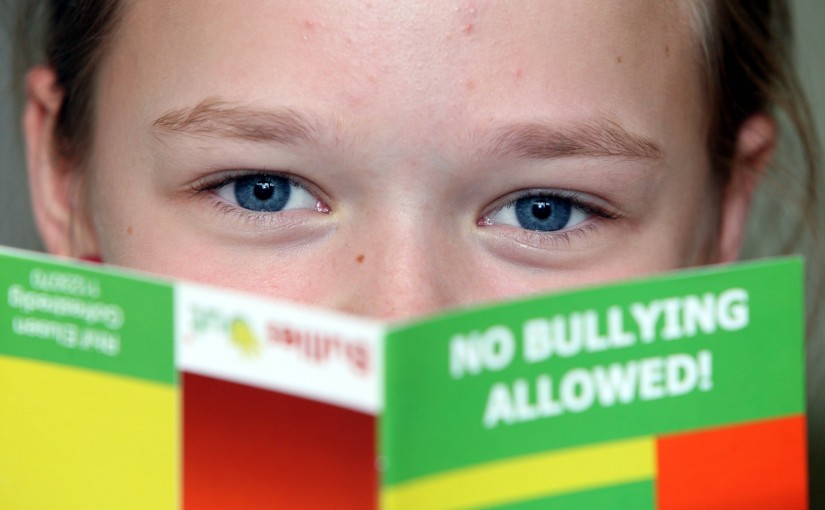
Bullying: Advice for Parents and Teachers
What is Bullying? Put simply, bullying is when one child picks on another child. Bullying is defined as any unwanted, aggressive behavior from one or more children, toward another child or children. Bullying is often not an isolated event, but rather is repeated, or has the potential to be repeated. Bullying can happen in various…